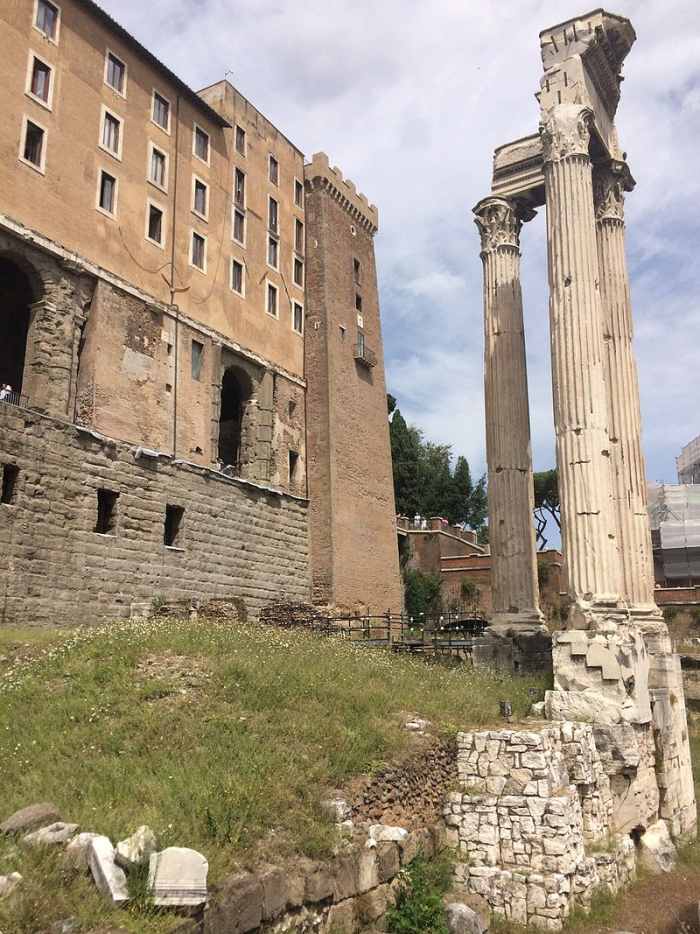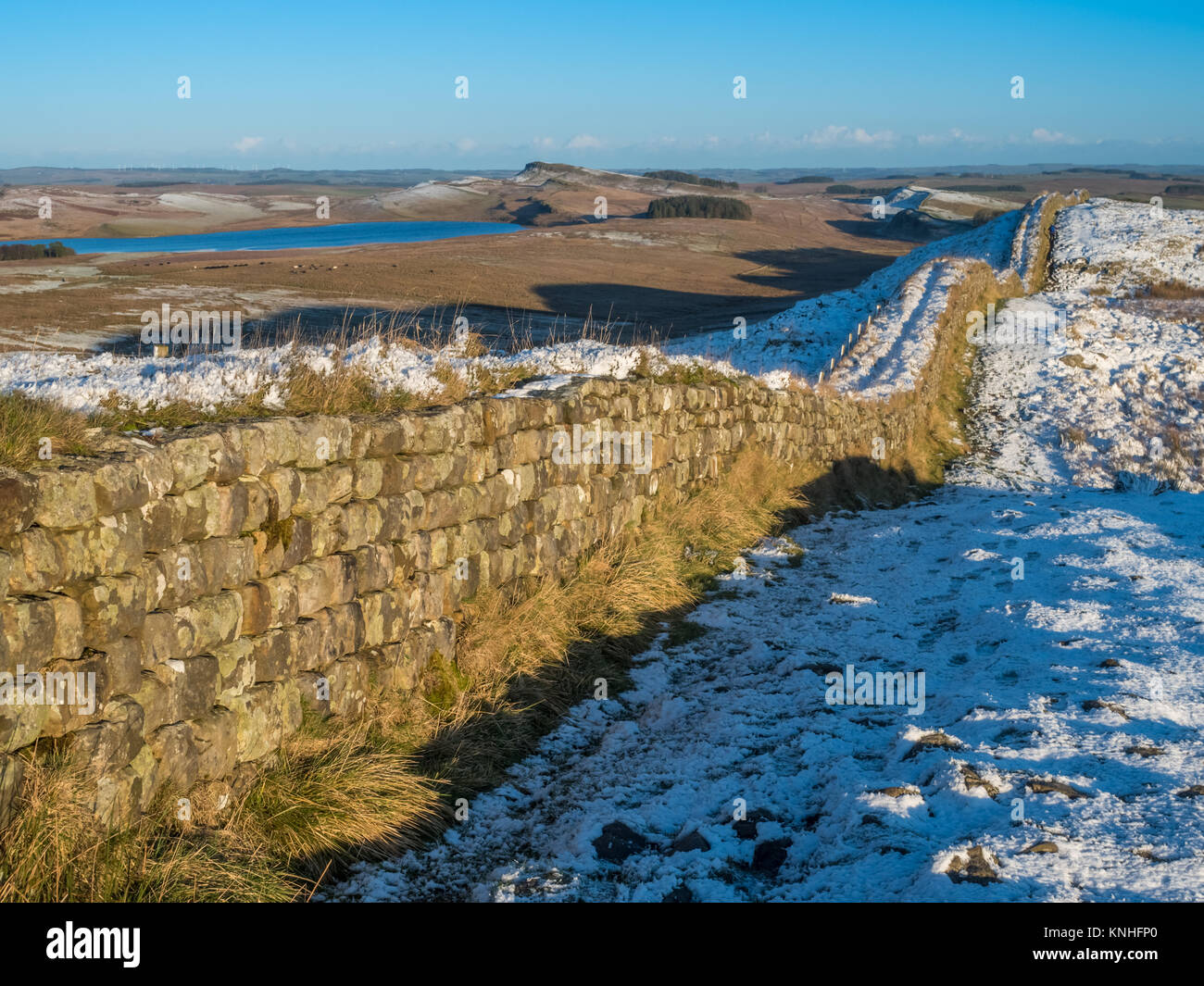

I can vouch for the Gorse it is now grown to massive proportions and there is no ready access to the area he mentions. , up the hillock and through some rather troublsome gorse and you will find yourself decending into the Vallum. Just before this, at the top of the hill, the Vallum is cut through the living rock and the marks of the Roman picks are plainly visible. guided by David Harrison in his book "Along Hadrian's Wall" 1956 Pan. This can be seen in the fields to the south on the approach to the crest and to the south at the crest. This impresive remainder stands at best 6 courses high on the south and 4 on the north. On reaching the crest, Heddon on the Wall is seen ahead with a length of the Wall some 100 yards long in the field to the left of the raod. That any of this exists for ourselves to cherish is nothing short of a miracle.įrom Milecastle 11 the Wall continues up what is described in some volumes as the Great Hill. The sites were pretty much gone, to be fair in the 18th Century, when Horsley was taking more than an interest and all that useful "worked stone" had just been asking to be put to some use in the millenium before. Would that I had been able to use Ordinance Survey Map references! Looking for the sites in this area today without recourse to the historical record is difficult. When the survey was prepared in 1926- 29 from Wallsend to Rudchester Burn considerable work was undertaken in the knowledge that future development was certain to obliterate the sites for all time.

The site of West Denton Milecastle No, 8 was examined in 1928. 7b, at very nearly one third of the interval as usual.*3 This abnormal length is confirmed by the position of Denton hall Turret, No. Ignorance of this fact led Horsley in 1732 to conclude that the spacing hereabouts had been reduced and to insert on his map an extra milecastle at the east side of the Denton Burn. 8, about 2058 Yards (1182 metre), was ascertained in 1928-29 and is by far the longest milecastle interval known on the Wall. Records of coins found at or near the Fort cover those of Emperors Nero to Gratian. The east - west Gateways of the fort had been destroyed before 1751 and by the end of the 18th C all surface masonry was gone.īruce in 1851 observes that the site could be passed without noticing its position. Great conduits or sewers were discovered at the depth of about a yard and a half and were composed of large wrought stones. By 1789 the area of the road to the north of the road had been cleared of stones and used for other purposes sufficient for this area to be planted with trees. In 1751 the Newcastle - Carlisle military road was built through it following the main East-West street. In 1732 Horsley remarked that the fort at Benwell Hill remains distinct and clear.

This extended area was used to house a reservoir in the 19th century while the remaining southern portion was built over with a housing estate in the 20th*1. No interior buildings have been identified.At the crest of what is now Benwell Hill, stood Condercum Fort and the remains of the Fort's Vallum crossing and a temple found within the area between the Vallum and the Wall are still to be seen.Ĭondercum, the third station on the line, standing 400ft above the tide mark, the first of the major defense works of the second plan was a cavalry fort with one third extending north of the Wall. From the inscription below it is possible that the 2nd Cohort of Tungrians were also at the fort in 3rd century, but the fort would have been too small for the whole cohort. It was garrisoned in the second century by the part mounted Cohort of Gauls, which was later, moved to Vindolanda. The stone fort was about 400ft square, covering 3.7 acres. The fort was on slightly higher ground with Cam Beck and gorge to the north, with almost no visible remains. The Vallum passes south of the fort, which was diverted to include the fort to its north. The fort is located in the grounds of Castlesteads House built in the late eighteenth century, and the fort was largely levelled to make a walled garden from the remains. It is 8 miles from Stanwix at Carlisle and 7.5 miles from Birdoswald to the East. Castlesteads Roman Fort was just south west of Walton, in eastern Cumbria, is little known and located a few hundred yards south of the line of the Wall.


 0 kommentar(er)
0 kommentar(er)
